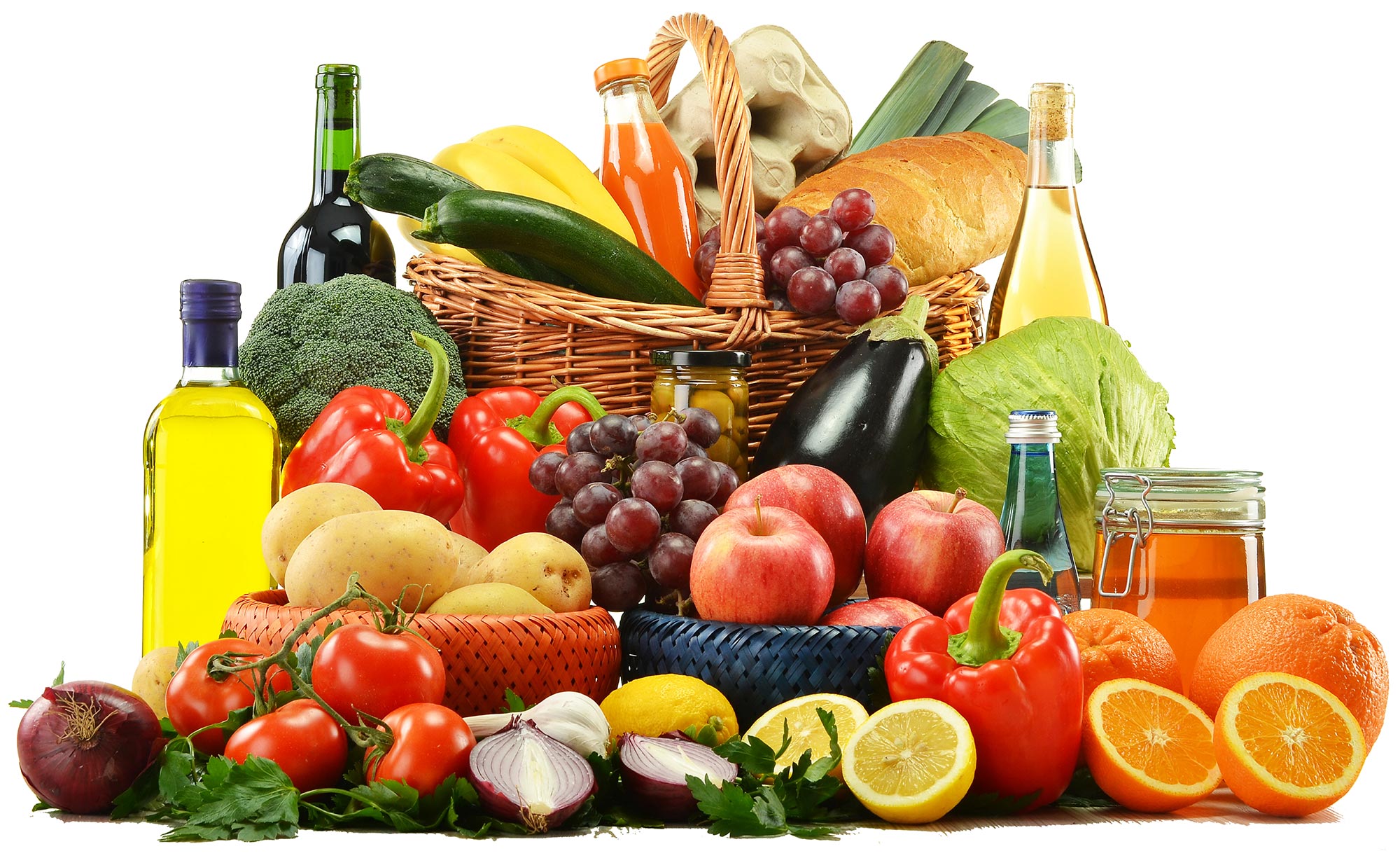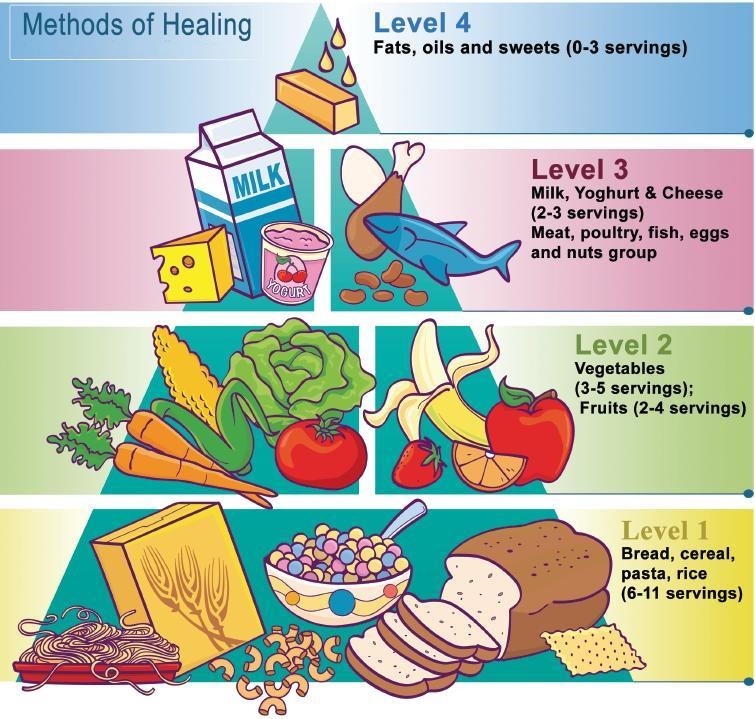
Why should we eat Vegetables and Fruits?
Why should we eat Vegetables and Fruits? Because green leafy vegetables, other vegetables, and fresh fruits are treasure trove of several minerals and vitamins and hence, protect from diseases.
- Normal diet, to be wholesome and tasty, should include fresh vegetables and fruits, which are store houses of micronutrients
- Vegetables/fruits are rich sources of micronutrients.
- Fruits and vegetables also provide phytonutrients and fiber which are of vital health significance
- They help in the prevention of micronutrient malnutrition and certain chronic diseases such as cardiovascular diseases, cataracts, and cancer.
- Fresh fruits are nutritionally superior to fruit juices.
Why should we eat vegetables and fruits?
Fresh Vegetables and fruits are rich sources of micronutrients and macronutrients. The micronutrients present are minerals (like iron
and calcium) and vitamins (like vitamin C, folic acid, B complex vitamins and carotenoids) whereas, the macronutrients present are complex carbohydrates/ fiber.
They contain abundant amounts of iron, calcium, vitamin C, folic acid, carotenoids (precursors of vitamin A) and phytochemicals. Some vegetables and fruits provide very low calories (Annexure 6), whereas some others such as potato, sweet potato, tapioca, and yam as well as fruits like banana are rich in starch which provides energy in good amount. Therefore, vegetables and fruits can be used to increase or decrease calories in our diet.
What functions do these nutrients and special factors in vegetables and fruits perform in our body?
Antioxidants: In the recent past, the role of vegetables and fruits as sources of antioxidants has been receiving considerable attention. Antioxidants restrict the damage that reactive oxygen free radicals can cause to the cell and cellular components. They are of primary biological value in giving protection from certain diseases.
Some of the diseases that have their origin in deleterious free radical reactions are atherosclerosis, cancer, inflammatory joint diseases, asthma, diabetes, etc. Raw and fresh vegetables like green leafy vegetables, carrots, and fresh fruits including citrus and tomatoes have been identified as good sources of antioxidants (free radical scavengers).
The nutrients vitamin C and carotenoids that are present in these vegetables are also potent antioxidants. Different colored vegetables provide different antioxidants like orange-colored provide beta-carotene, red provide lycopene, deep red provide betalains, and blue and purple provide anthocyanins.
Calories : Many vegetables and fruits have low calories (Annexure 6). A large intake of low-calorie vegetables and fruits can help in reducing calories in the diet and help in obesity management. On the other hand vegetables like colocasia, potato, tapioca, yam, sweet potato and fruits like banana, avocado pear (215 Kcal) and mahua (111 Kcal) have more than 100 kcal per 100gram (Annexure 7).
Folic Acid : Folic acid is a hemopoietic vitamin essential for the multiplication and maturation of red cells in our body. Its deficiency leads to megaloblastic anemias. Folic acid intake during pregnancy protects the foetus from developing certain congenital defects. It also promotes the birth weight of infants. Folic acid deficiency increases homocysteine levels in the blood, thereby increasing the risk for heart disease. Green leafy vegetables, legumes, nuts, and liver are good sources of folates.
Dietary Fiber : Dietary fiber delays the intestinal transit of the food consumed. Dietary fiber is important for proper bowel function, to reduce chronic constipation, diverticular disease, hemorrhoids coronary heart diseases, diabetes, and obesity. They also reduce plasma cholesterol. The protective role of dietary fiber against colon cancer has long been recognized.
Iron: Iron is an essential element necessary for the formation of hemoglobin, the red pigment present in the red cells of the blood. Hemoglobin plays an important role in the transport of oxygen to the tissues. Reduction in hemoglobin in the blood leads to anemia, a condition characterized by paleness and easy fatigue, and increased susceptibility to infections. Iron is available in plenty of green leafy vegetables. But the absorption of iron is limited. Vitamin C-rich foods must be consumed daily to improve iron absorption.
Vitamin A: This fat-soluble vitamin is necessary for clear vision in dim light, and for maintaining the integrity of epithelial tissues. In vitamin A deficiency, the white of the eye (conjunctiva) loses its luster and becomes dry. In severe vitamin A deficiency, the black area of the eye (cornea) gets necrosed, leading to irreversible blindness in young children.
Vitamin A also has a role in maintaining resistance of the body to common infections. Carotenoids are plentiful in fruits and vegetables that are green or deep yellow/orange in color, such as green leafy vegetables, carrots, tomatoes, sweet potatoes, papaya, mango, etc.
Vitamin C: Vitamin C is an essential nutrient required for healthy bones and teeth. It also promotes iron absorption. Vitamin C deficiency is characterized by weakness, bleeding gums, and defective bone growth. Vitamin C is abundantly available in fresh amla, citrus fruits, guava, banana, and certain vegetables such as tomatoes.
However, it is very susceptible to destruction by atmospheric oxidation. It is for this reason that when vegetables become dry and stale or cut and exposed to air most of the vitamin C originally present is destroyed. Vegetables provide phytochemicals and considerable health significance to the human body.
Among these, dietary fiber, antioxidants, and other bio-active constituents require special mention. These special factors are required for delaying aging and preventing the processes which lead to diseases such as cataracts, cardiovascular diseases, diabetes, and cancer.

How much should we consume?
The Expert Committee of the Indian Council of Medical Research, taking into consideration the nutrient requirements, has recommended that every individual should consume at least 300 g of vegetables (GLV : 50 g; Other vegetables : 200 g; Roots & Tubers : 50 g) in a day. In addition, fresh fruits (100 g), should be consumed regularly. Since requirements for iron and folic acid are higher for pregnant women they should consume 100g of leafy vegetables daily. High-calorie vegetables and fruits to be restricted for overweight/ obese subjects.
Which vegetables and fruits should be consumed?
We should consume fresh, locally available, and preferably seasonal vegetables and fruits. They have more micronutrients and are tasty. However, no single fruit or vegetable provides all the nutrients you need. The key lies in eating a variety of them and with different colors.
Include commonly consumed leafy greens, tomatoes, and other vegetables, apart from those which are yellow, orange, red, deep red, purple colored citrus fruits, being vitamin C-rich enrich the diets significantly. Along with these, try selecting some new vegetables and fruits to your meals.
How to prevent cooking loss ?
Vitamins are lost during the washing of cut vegetables and cooking of foodstuffs. However, proper methods of cooking can substantially reduce these losses. Nutrient loss is high when the vegetables are washed after cutting or when they are cut into small pieces for cooking. Consumption of properly washed raw and fresh vegetables is always beneficial.
How do we get these foods ?
Green leafy vegetables (GLVs), and other vegetables and fruits are easily available. Most vegetables, particularly GLVs are inexpensive. In fact, these foods can be grown in the backyard with very little effort and cost. Even in lean seasons like summer, they can be grown using water and waste from the kitchen.
How to accommodate more servings of vegetables and fruits per day ?
To get the maximum nutritional benefits from fruits and vegetables, it is important to find ways to eat more servings of vegetables and fruits per day.
Points to consider-
- Eat as much of other vegetables as possible daily.
- Eat vegetables/ fruits in all your meals in various forms (curry, soups, mixed with curd, added to pulse preparations and rice).
- Consume raw and fresh vegetables as salads.
- Grow the family’s requirements of vegetables in the kitchen garden if possible.
- Green leafy vegetables, when properly cleaned and cooked are safe even for infants.
- Let different varieties of vegetables and fruits add color to your plate and vitality to your life.
- Beta-carotene rich foods like dark green, yellow and orange colored vegetables and fruits (GLVs, carrots, papaya and mangoes) protect from vitamin A deficiency.